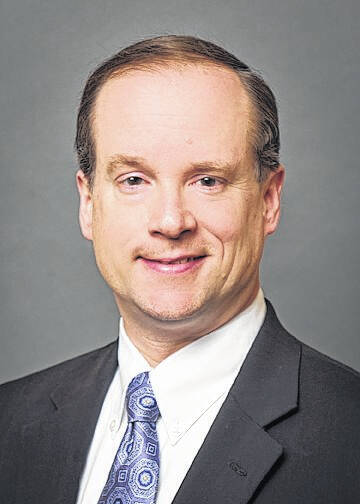RALEIGH — Soaring prices. Social unrest. A resurgent Russia. A military withdrawal followed by the collapse of a pro-American regime in Asia. A feckless and unpopular Democratic president.
Today’s parallels to the 1970s are obvious, ominous, and oft-observed. But we’re not quite there yet — and it isn’t just because skinny jeans continue to outsell bell bottoms.
Inflation is again topping the list of public concerns, to be sure. According to the Minneapolis Fed, the Consumer Price Index is projected to go up 8% this year. That’s the biggest jump in more than 40 years. What made the mid- to late-1970s especially arduous, however, was a combination of high inflation and high unemployment.
Such stagflation wasn’t just painful. It was supposed to be impossible. Academic economists posited an inevitable and ongoing tradeoff between inflation and unemployment. It was the job of public officials to attempt to engineer a sweet spot between the two extremes of high inflation and high unemployment.
“Monetary and fiscal policies strict enough to prevent an average price rise,” wrote Paul Samuelson and Robert Solow in a famous 1960 paper, “would have to be so very restrictive as to produce a considerable level of unemployment and a significant drop in production.” In fairness, they did conclude their paper with the speculation that institutional reforms might make it possible to enjoy robust economic growth without inflation. What they had in mind, however, were policies such as wage and price controls — precisely what future politicians attempted to impose, with disastrous results.
The lived experience of the 1970s smashed the academicians’ simplistic formula to smithereens. In 1975, the headline unemployment rate was 8.5% and CPI rose 9.1%. In 1980, these figures were, respectively, 7.1% and 13.5%. This so-called misery index of 20.6% fell dramatically during the ensuing 1980s, then stayed relatively low. Even in the aftermath of the global financial crisis, it never rose above 12.1% (in 2011).
During the COVID emergency, the misery index shot up to 9% in 2020 and 10% in 2021. With inflation now projected to average 8% this year, the index will rise again. But unless there’s a dramatic change in the labor market, we still won’t be experiencing anything like 1970s-era stagflation.
Here in North Carolina, for example, the headline unemployment rate was just 3.4% in May. It’s true that labor-force participation remains lower than normal, which makes the jobless rate look artificially low. Still, even after adjusting for that, unemployment is low by historical standards. Indeed, as should be evident to anyone trying to eat out, take a trip, obtain car repairs, or get a customer-service rep on the phone, we are in the midst of a serious worker shortage, not a job shortage.
If America were truly in the throes of stagflation today, Joe Biden and his party would be in far worse political trouble than they already are. That’s my hypothesis, anyway. It seems that the administration and Democrats in Congress may be determined to test it.
In response to spiraling prices, the Federal Reserve is finally doing the right thing. It’s removing excess money from the economy. Inflation is, you may recall, best defined as too much money chasing too few goods and services. To protect against a “hard landing” — a recession that would, among other things, drive up unemployment — the president and Congress ought to be removing restrictions on the supply side of the economy at the same time that the Fed is tightening money and raising interest rates.
Instead, they continue to talk about raising taxes and imposing new regulations. Biden has maintained his predecessor’s tariffs and other trade barriers. As economic policy, this is foolish. As a political strategy to ameliorate Democratic losses in the 2022 midterms, this is idiotic.
In the run-up to the Republican wave of 2010, North Carolina’s unemployment rate topped 10%. But inflation was only 1.6%. If Biden truly ends up going stag to this year’s political dance, he’s going to have a miserable time.
John Hood is a John Locke Foundation board member. His latest books, Mountain Folk and Forest Folk, combine epic fantasy with early American history (FolkloreCycle.com).

